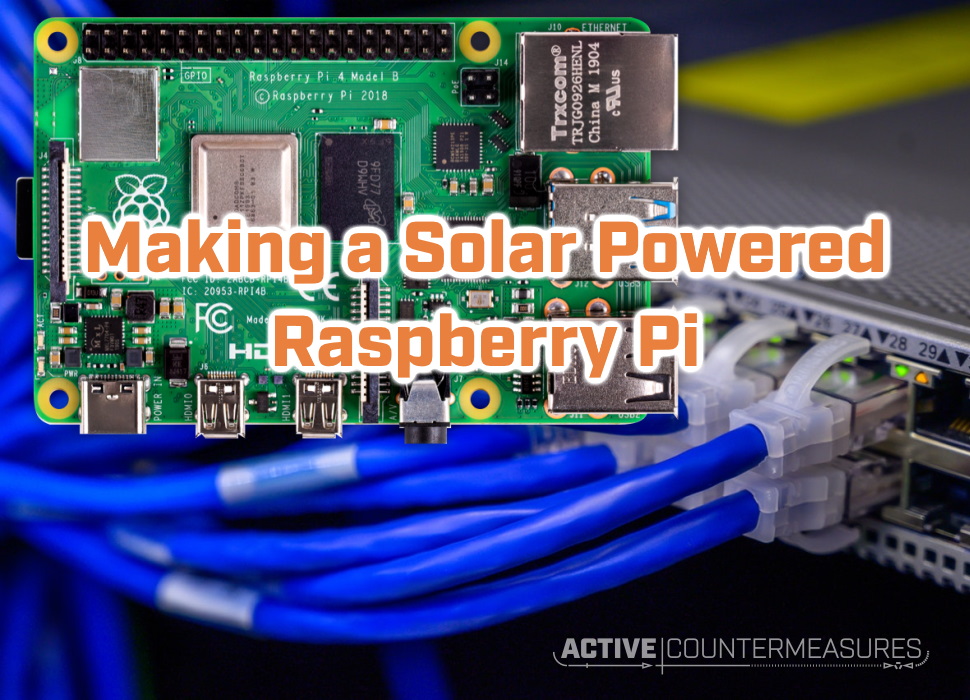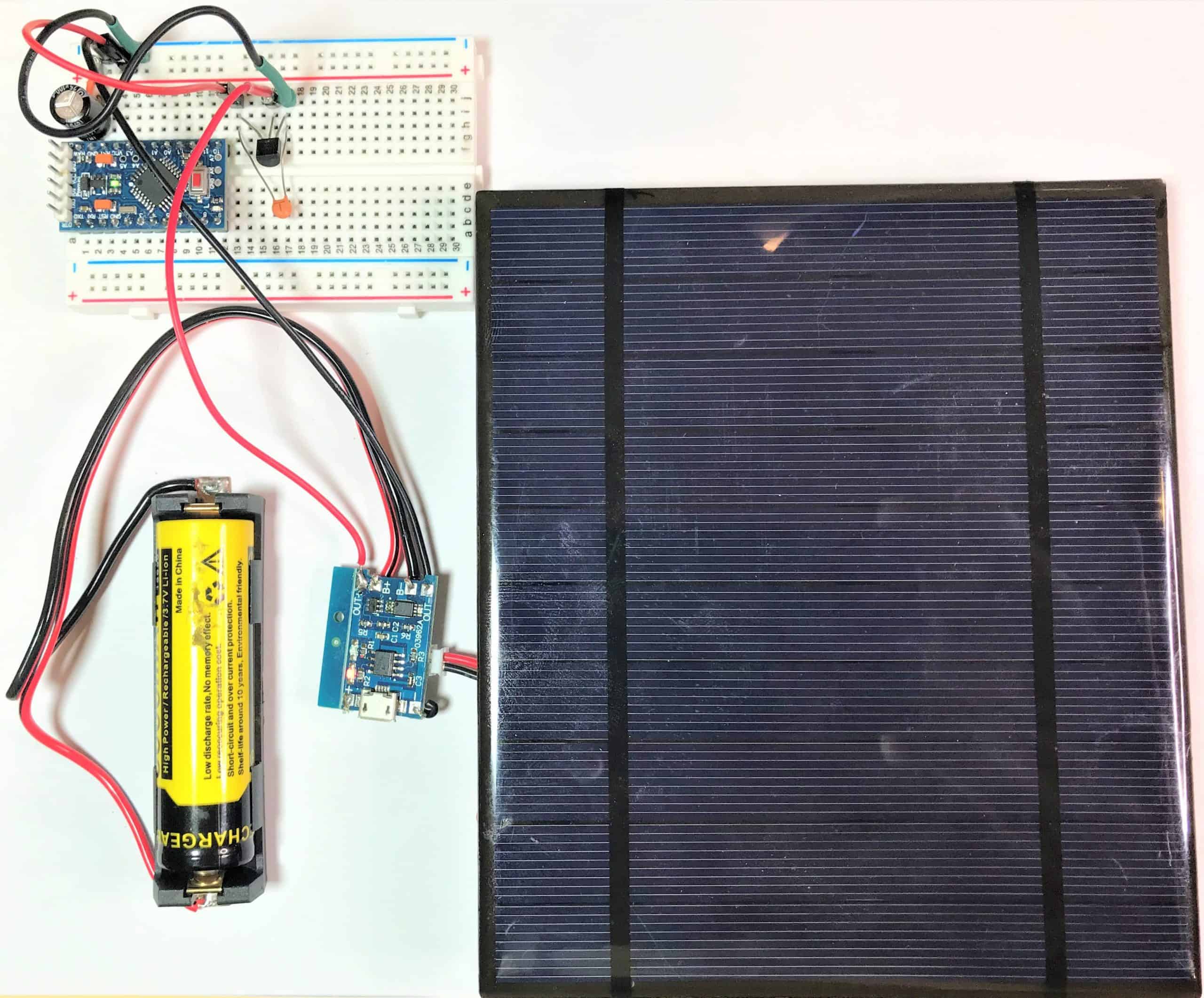The project uses a solar panel to monitor sunlight and arduino board which has atmega family microcontroller attached to it.
Raspberry pi measuring power output from solar panel.
The raspberry pi solar power module is a compact power controller for the raspberry pi.
The brownout problem is a real issue.
Parameters like voltage temperature light intensity and current which are important to monitor.
There are power stations for maintaining or monitoring the power circuits or parameters related to solar panel.
One of the most important issue in designing a raspberry pi solar power system is turning on and off.
Another reason to measure your own currents.
The more popular raspberry pi 4 s supply is recommended to be at 5v 2 2 5a current.
Powering your pi using solar power will allow you to build green pi projects powered by the sun.
Accuracy is better than 1 on current and voltage and it works with most of the panels on the market below 500 watts peak power.
Here s a breakdown of.
And with the right solar panel and battery your project can also run continuously forever.
However the pi zero needs only 1 1 5a so make sure to adjust accordingly.
So here we discuss about how to monitor solar panel parameters working of this circuit is very common.
The project requires an ldr sensor for measuring light intensity a voltage divider to measure voltage and a temperature sensor to measure the temperature.
You can also easily integrate thermocouples and the pi can sit a few hundred feet away form the panels under test.
This guide will show you how to power your raspberry pi using solar panels.
The entire software stack runs from either windows or a linux raspberry pi.
They re cheap and you can buy them anywhere.
Solar power sizing your solar panels for the raspberry pi sizing your solar power system.
Connecting the solar panel to the pi zero.
The monitoring of these parameters are also important in households too.
Do not worry if these power supply sources are off due to all the circuits being off.
After all wires are run through the on board sensors and connected back to the circuit breakers in the panel connect a usb power supply to the raspberry pi and a regulated 12vdc power supply source to the current monitoring board.
Raspberry pi zero solar design.




























